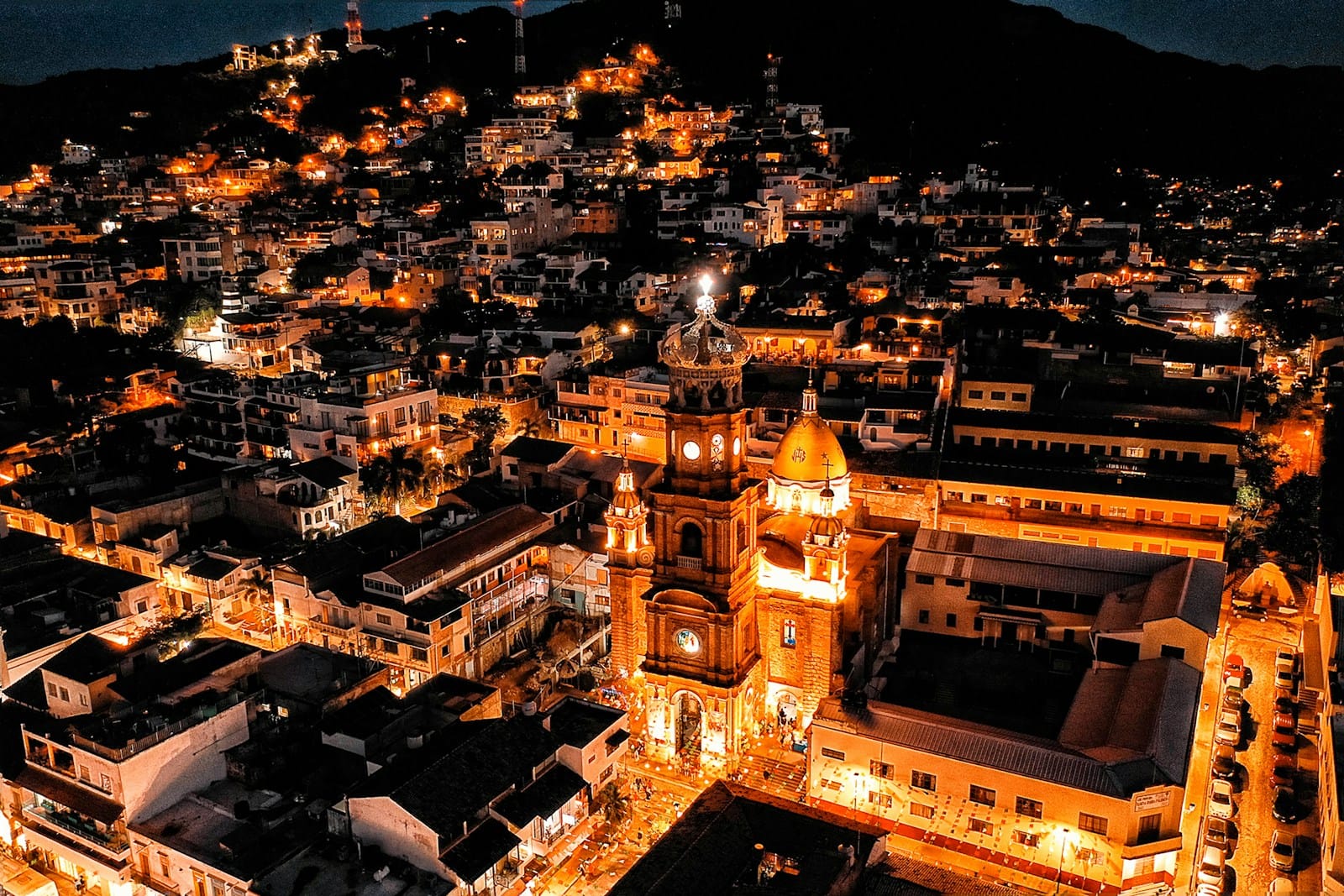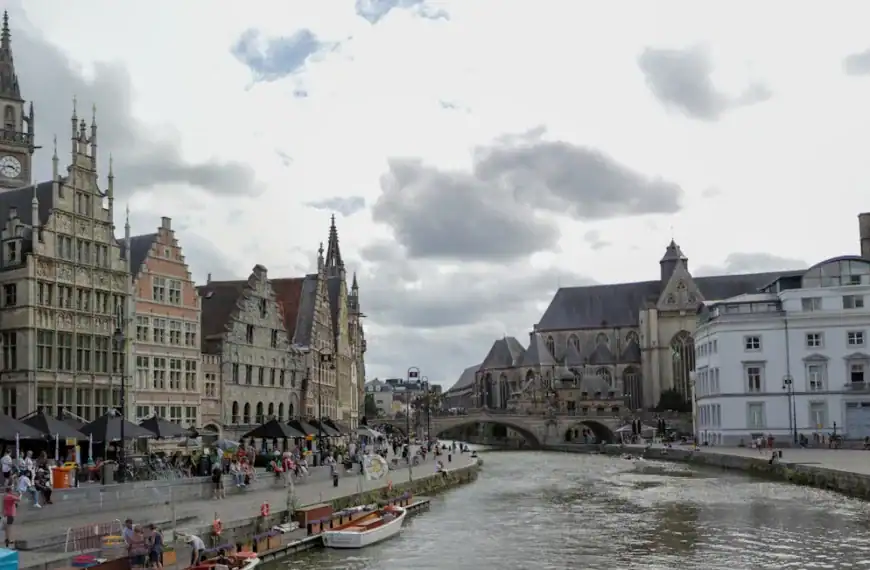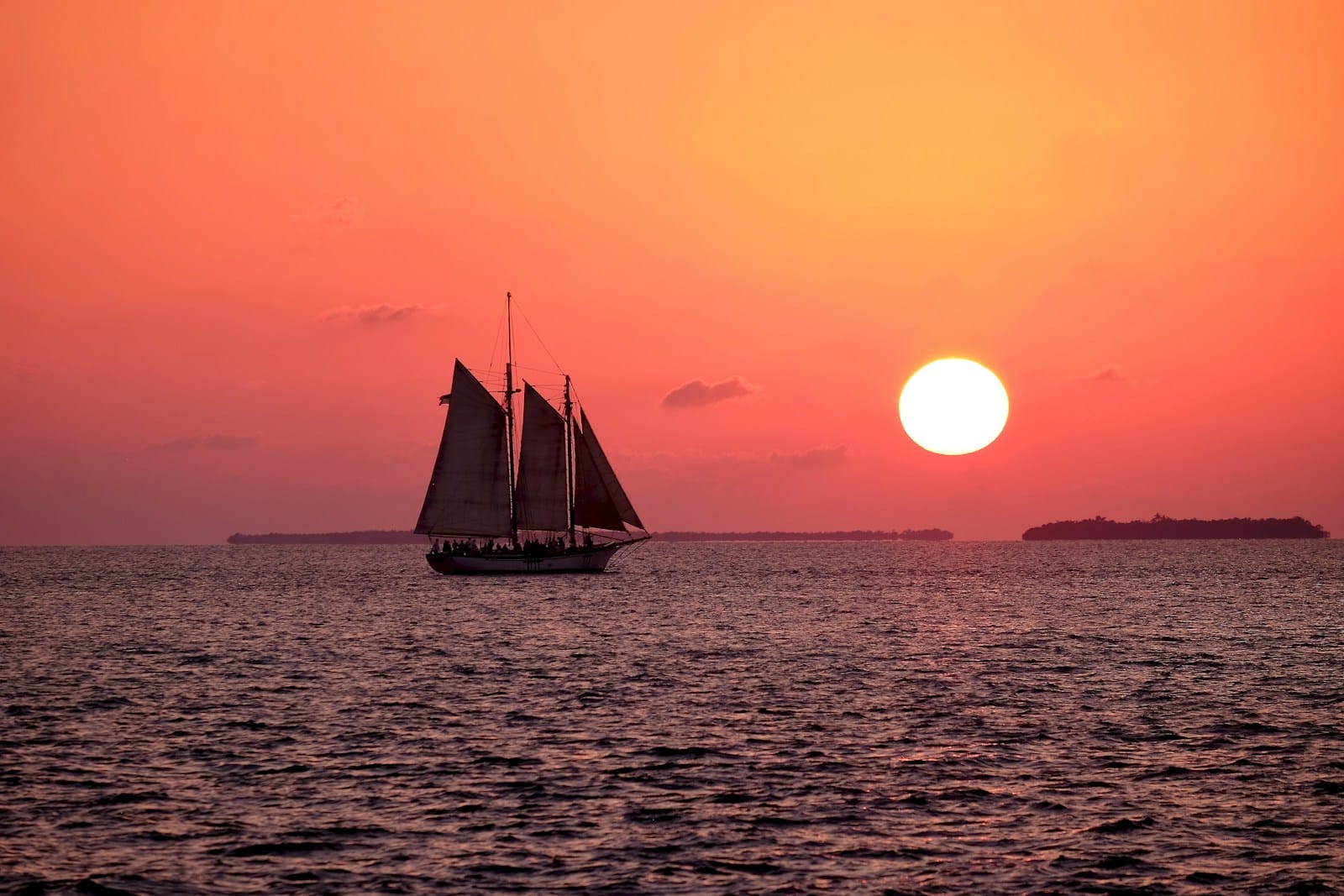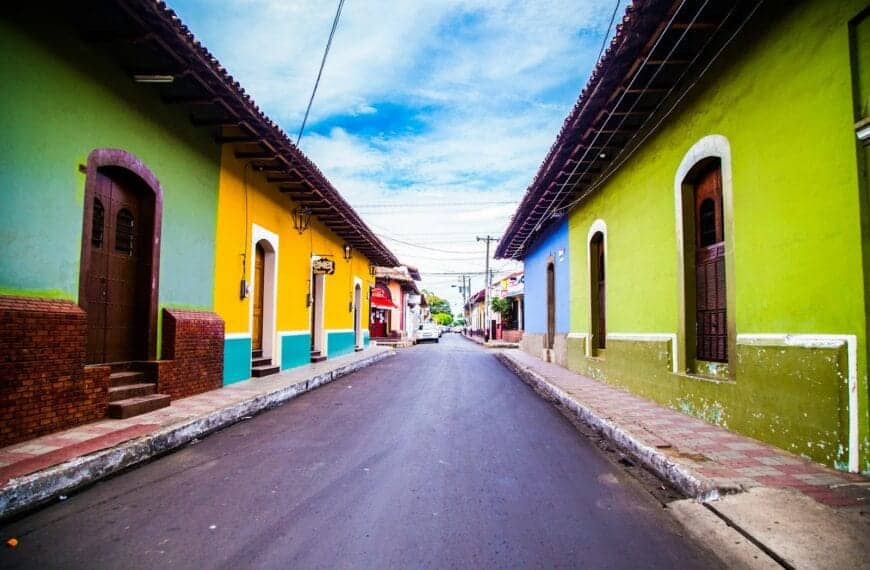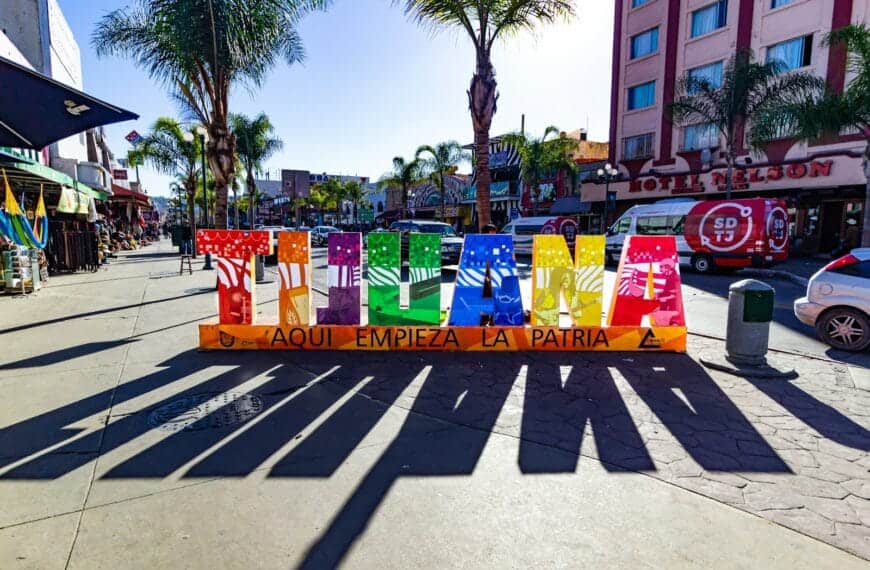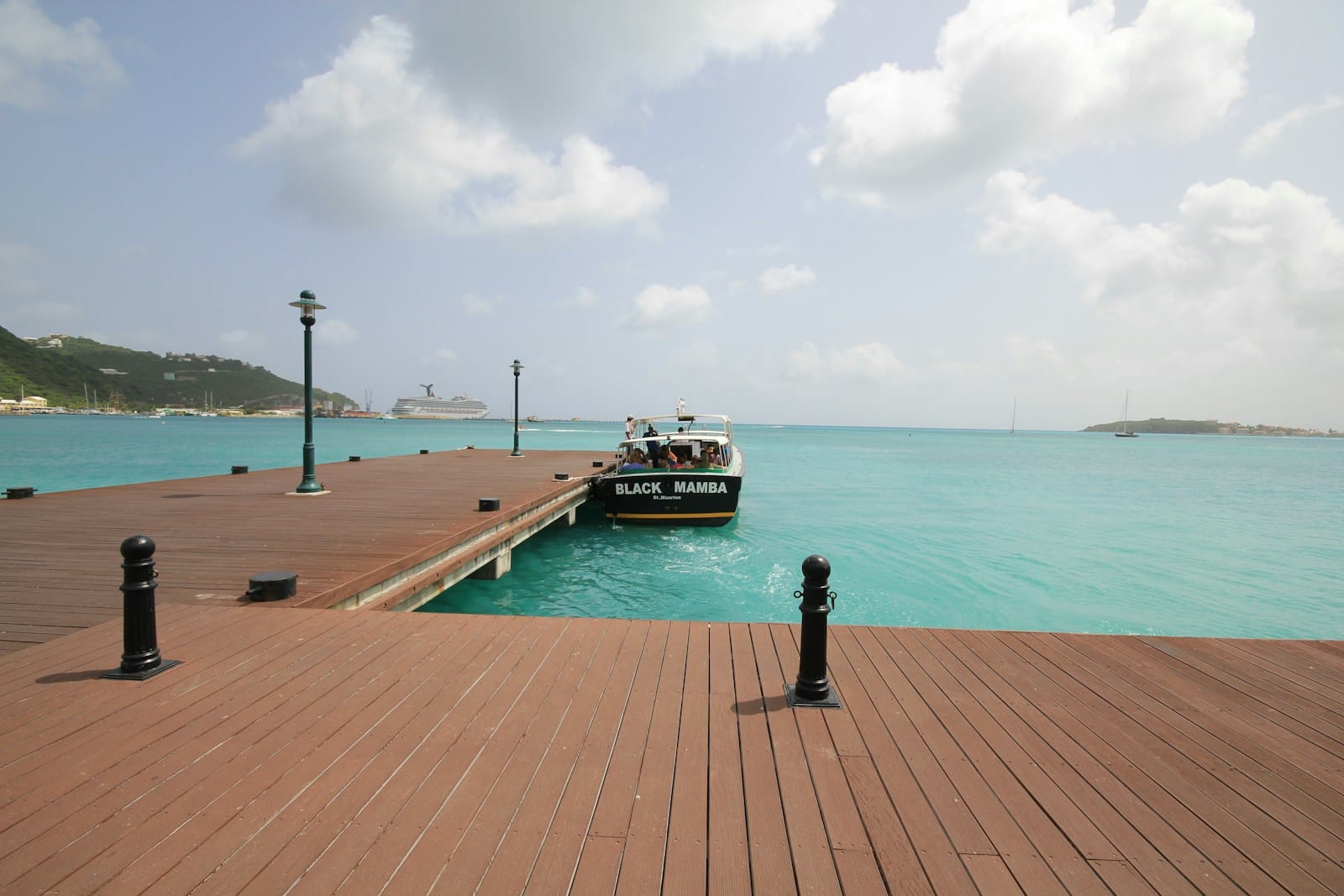Mexico Travel Guide: Vibrant Culture, Coastlines & Ancient Wonders
Intro to Mexico Travel Guide
Mexico is a country of contrasts — where ancient temples rise beside colonial cities, where Pacific surf towns meet Caribbean lagoons, and where every region offers its own rhythms, spices, and soul. From the ruins of Teotihuacan and the beaches of Tulum to Oaxaca’s food markets and the mountains of Chiapas, this is a land made for immersive travel.
Whether you’re chasing Día de los Muertos festivals, diving in cenotes, hiking volcanoes, or savoring mole in a village kitchen, Mexico invites you to go deeper.
Start planning your trip with our complete Mexico Tour Guide — explore top destinations, local traditions, and unforgettable experiences across coastlines, cities, and highlands.
Travel Destinations in Mexico
Baja California | Baja California Sur | Campeche | Chiapas | Chihuahua | Coahuila | Colima | Durango | Guanajuato | Guerrero | Hidalgo | Jalisco | Mexico City | Mexico State | Michoacán | Morelos | Nayarit | Nuevo León | Oaxaca | Puebla | Querétaro | Quintana Roo | San Luis Potosí | Sinaloa | Sonora | Tabasco | Tamaulipas | Tlaxcala | Veracruz | Yucatán | Zacatecas
💡Quick Facts:
Continent: North America
Area: 1,964,375 km²
Population: ~129 million (2024)
Density: ~66 people/km²
Capital: Mexico City (CDMX)
Regions: Yucatán Peninsula, Baja California, Pacific Coast, Central Highlands, Chiapas, Oaxaca, Northern Mexico
Language: Spanish (official); English widely spoken in tourist areas
Currency: Mexican Peso (MXN)
Time Zone: GMT–6 to GMT–8 (varies by region); daylight saving time no longer observed federally
Main Entry Airports: MEX (Mexico City), CUN (Cancún), GDL (Guadalajara), SJD (Los Cabos), PVR (Puerto Vallarta), MTY (Monterrey), TIJ (Tijuana)
Climate: Ranges from tropical in the south to desert in the north; wet season May–October
Known For: Mayan ruins, cenotes, beaches, street tacos, colonial cities, mariachi, Día de los Muertos, vibrant markets, art, volcanoes, surfing, tequila
🛂Arrival Info:
Visa-Free Entry (up to 180 days): U.S., Canada, UK, EU, Australia, Japan, and 60+ others
Visa Required: For many African, Asian, and Middle Eastern countries
FMM Form: All tourists must complete the Forma Migratoria Múltiple (FMM) – now electronic in most airports
Passport Validity: At least 6 months recommended
eVisa / eAuthorization: Required for some nationalities (e.g., India)
Visa Info: Mexican Embassies Abroad
(FMM). ETIAS-style system not required. Mexico Immigration – INM Website
💉Health Info:
Required: None for general travelers
Recommended: Hepatitis A & B, Typhoid, Tetanus, Rabies (if rural or animal exposure)
Mosquito Risks: Dengue, Zika, Chikungunya in tropical areas – use repellent
Water Safety: Avoid tap water; drink bottled or filtered only
Healthcare Quality: Good in cities, varies in rural zones
Travel Insurance: Strongly advised, especially for outdoor, surf, and adventure destinations
Travel health updates — get coverage here
Stay Informed with Official Updates: World Health Organization – International Travel and Health | Centers for Disease Control and Prevention – Global Travel Health
🚨Travel Advisory:
Safety Level: Varies by region
– Tourist zones (Cancún, Cabo, CDMX): Generally safe with standard precautions
– Border towns, some inland states: Higher crime risk – consult advisory maps
Emergency Number: 911 (national)
Use increased caution due to crime and cartel violence in specific states (e.g., Guerrero, Colima, Sinaloa). Tourist zones like Cancún, Mexico City, Oaxaca, and Mérida are considered safe. Avoid isolated areas and monitor official sources.
Stay Informed with Official Updates: US Travel Advisory | UK Foreign Travel Advice
📅Holidays:
Independence Day: September 16
Day of the Dead: November 1–2
Holy Week / Easter: Major closures and travel peaks
Cinco de Mayo: May 5 (more symbolic in U.S. than Mexico)
Revolution Day: November 20
Plan ahead for holiday closures, parade routes, and local festivals.
💰Money Matters:
Currency: Mexican Peso (MXN)
Cards: Widely accepted in cities and tourist regions
ATMs: Easily available; withdraw pesos for best exchange rates
Tipping: 10–15% standard in restaurants and for guides
Duty-Free (arrivals):
– 3L alcohol, 200 cigarettes, gifts under USD $500 (air), $300 (land)
✈️Airports:
Main International Gateways:
Mexico City International (MEX) – Central Mexico
Cancún (CUN) – Riviera Maya/Yucatán
Guadalajara (GDL) – Jalisco and western states
Monterrey (MTY) – Northern hub
Puerto Vallarta (PVR) – Pacific coast resorts
Los Cabos (SJD) – Baja California Sur
Tijuana (TIJ) – Cross-border terminal to San Diego
Transport:
Airport buses, ADO (CUN), Ubers (in most cities), car rentals, hotel transfers
Domestic flights are affordable and frequent via VivaAerobus, Volaris, Aeroméxico
🚍Transport:
Intercity Buses: Comfortable and reliable (ADO, ETN, Primera Plus)
Domestic Flights: Cost-effective for long distances
Taxis & Apps: Uber, Didi, and local apps in most cities
Car Rentals: Popular for Yucatán, Baja, and Pacific drives – insurance mandatory
Metro/Subway: Exists in CDMX and Monterrey (cheap, but crowded)
📶Connectivity:
SIM/eSIM: Telcel, AT&T, Movistar – buy at airport or OXXO
Wi-Fi: Free in most hotels, cafés, and airports
Coverage: Excellent in cities and highways; patchy in remote beach zones
EU/U.S. Roaming: May incur charges – check with provider
📜Laws & Etiquette:
Drinking Age: 18
Alcohol Laws: Public drinking is prohibited; ID required for purchase
Cannabis: Decriminalized for small amounts but legally gray – avoid public use
Dress Code: Casual; conservative in churches and traditional villages
LGBTQ+: Legal and accepted in major cities and resorts
Cultural Tips:
– Greet with “Buenos días/tardes”
– Show respect for local customs, especially in Indigenous areas
🛡️Emergency Info:
Emergency Number: 911
Tourist Assistance: 078 or contact Sectur México
Embassies: Available in Mexico City; consulates in major cities
Hospitals: Modern in CDMX, Cancún, Guadalajara – less equipped in remote areas
Travel Insurance: Essential – private care, theft, and weather delays can be costly
🌦️Weather:
Varies by Region:
– Coastal/Tropical: Cancún, Riviera Maya, Puerto Vallarta – warm & humid year-round
– Central Highlands: Mexico City, San Miguel de Allende – spring-like year-round
– Northern Desert: Chihuahua, Sonora – hot summers, cold winters
Dry Season: November–April (best for beach and cultural travel)
Wet Season: May–October (afternoon storms, hurricane risk in Caribbean)
Hurricane Season: June–November – especially eastern coasts
Weather Forecast
Mexico by Region – Where to Go
Mexico’s 32 states span tropical coastlines, volcanic mountains, jungles, deserts, and high plateaus. Here’s a region-by-region breakdown:
Yucatán Peninsula
- Cancún: A resort capital with white-sand beaches and all-inclusive hotels.
- Tulum: Trendy eco-luxury town with ruins, cenotes, and boho beach clubs.
- Mérida: Yucatán’s cultural capital, known for colonial charm and Mayan heritage.
- Valladolid: A colorful inland town with cenotes and access to Chichén Itzá.
Central Mexico
- Mexico City (CDMX): A vibrant metropolis with museums, tacos, ancient ruins, and modern art.
- Puebla: Known for its colonial architecture and culinary staples like mole poblano.
- Querétaro & San Miguel de Allende: Artsy towns with walkable historic centers.
- Teotihuacan: A vast ancient city with towering pyramids just north of the capital.
Pacific Coast
- Puerto Vallarta: LGBTQ+-friendly beach town with lively nightlife and coastal hikes.
- Sayulita & San Pancho: Surf villages with a laid-back vibe in Nayarit.
- Oaxaca Coast (Mazunte, Zipolite): Rustic beaches and yoga retreats with Pacific surf.
- Zihuatanejo: A charming, low-key fishing town paired with upscale Ixtapa.
Baja California
- Cabo San Lucas & San José del Cabo: Luxury meets desert coastline in Baja Sur.
- La Paz: Gateway to the Sea of Cortez, whale sharks, and kayaking adventures.
- Ensenada & Valle de Guadalupe: Wine country and coastal road trip central.
Southern Highlands
- Oaxaca City: Famous for festivals, gastronomy, and indigenous crafts.
- Chiapas (San Cristóbal de las Casas): A cool mountain town with indigenous culture and jungle waterfalls.
- Palenque: Mystical Maya ruins surrounded by rainforest.
Gulf Coast & Veracruz
- Veracruz: A musical port city with Afro-Caribbean roots.
- Tlacotalpan & Papantla: Towns known for music, vanilla, and cultural heritage.
Top Places to Visit in Mexico
Here are Mexico’s most iconic destinations, grouped by experience:
Ancient Sites & History
- Teotihuacan: Climb the Pyramids of the Sun and Moon in this ancient metropolis.
- Chichén Itzá: One of the New Seven Wonders of the World — visit early to beat the crowds.
- Monte Albán (Oaxaca): A Zapotec hilltop city with sweeping valley views.
- Palenque: Temple-topped jungle ruins with mystical vibes.
Colonial Cities & Culture
- Mexico City: World-class museums, architecture, and culinary diversity.
- San Miguel de Allende: Artist galleries, baroque churches, and cobblestone streets.
- Guanajuato: A colorful hillside city with underground tunnels and rich history.
Beaches & Islands
- Tulum & Playa del Carmen: Trendy Caribbean coastlines with cenotes and nightlife.
- Isla Holbox: Car-free paradise with bioluminescent lagoons.
- Islas Marietas: Hidden beach gem near Puerto Vallarta.
- Isla Mujeres & Cozumel: Diving, snorkeling, and calm waters perfect for families.
Nature & Adventure
- Copper Canyon (Barrancas del Cobre): One of the world’s largest canyon systems, reachable by scenic train.
- Sierra Gorda Biosphere: Hiking, waterfalls, and ecotourism in Querétaro.
- Huasteca Potosina: Blue rivers, cave diving, and jungle hikes.
How to Choose Where to Go in Mexico
Here’s how to shape your trip:
- For Beaches: Head to the Riviera Maya (Cancún, Tulum) or Pacific Coast (Sayulita, Mazunte).
- For Culture & Cities: Prioritize Mexico City, Oaxaca, and San Miguel de Allende.
- For Ruins & History: Combine Teotihuacan, Chichén Itzá, and Palenque.
- For Food: Travel through Oaxaca, Puebla, and CDMX.
- For Adventure: Hike in Copper Canyon, explore cenotes, or kayak in Baja California.
Efficient pairings:
- CDMX → Oaxaca → Chiapas (culture + highlands)
- Cancún → Tulum → Valladolid (Caribbean + cenotes)
- Guadalajara → Puerto Vallarta → Sayulita (city + coast)
How to Get Around Mexico
Transport is varied but accessible:
- Domestic Flights: Quick and affordable via Aeroméxico, Viva Aerobus, or Volaris.
- ADO Buses: Excellent long-distance coaches with AC and reclining seats.
- Metro: Cheap and widespread in Mexico City.
- Colectivos: Shared vans between small towns and beach areas.
- Rental Cars: Best for Yucatán road trips or Pacific coast exploration.
- Rideshare: Uber and DiDi operate in most major cities.
Travel Budget & Costs in Mexico
Mexico can suit every budget:
- Budget Travelers: $30–50/day — hostels, street food, colectivos
- Mid-Range: $70–120/day — boutique hotels, domestic flights, tours
- Luxury: $150–300+/day — 4-5 star stays, private transfers, fine dining
Sample prices:
- Tacos al pastor: $1–2 each
- Cenote entrance: $5–15
- Museum (e.g., Frida Kahlo): ~$10
- Bus CDMX to Oaxaca: ~$30
Tip: Many attractions have lower prices for nationals — bring ID or passport for clarity.
Best Time to Visit Mexico
Dry Season (November–April)
- Best for coastlines, festivals, and archaeology
- Cooler temps in highland cities like Oaxaca or CDMX
Rainy Season (May–October)
- Afternoon showers common, especially in the Yucatán and jungles
- Lush landscapes and fewer crowds
Peak Travel Events:
- Día de los Muertos (Nov 1–2): Oaxaca, Mexico City, and Pátzcuaro stand out
- Semana Santa (March/April): Major holiday with full cities and closed shops
- Guelaguetza Festival (July): Oaxaca’s indigenous celebration of dance and dress
Must-See Experiences in Mexico
Add these top things to do in Mexico to your bucket list:
- Swim in a cenote near Tulum or Valladolid — freshwater limestone sinkholes unique to Mexico.
- Join a food tour through Mexico City or Oaxaca’s bustling markets.
- Witness Día de los Muertos in Oaxaca, with altars, marigolds, and candlelit parades.
- Take a cooking class and learn tamales, moles, and salsas.
- Snorkel with whale sharks off Isla Holbox or La Paz (seasonal).
- Ride the El Chepe train through Copper Canyon’s cliffs and valleys.
- Climb ancient pyramids at Teotihuacan, Coba, or Monte Albán.
- Walk through Frida Kahlo’s Casa Azul and learn about her artistic legacy.
- Camp in the Sierra Norte of Oaxaca and visit Zapotec villages.
- Sip tequila or mezcal at a local distillery — with a side of traditional tostadas.
Book immersive Mexico tours and experience unforgettable things to do in Mexico — from sacred temple rituals and highland treks to floating markets and lakeside food adventures.
Best Travel Itineraries in Mexico
7-Day Classic Combo
- CDMX → Teotihuacan → Puebla → Oaxaca
10-Day Yucatán Road Trip
- Cancún → Valladolid → Chichén Itzá → Mérida → Campeche → Tulum
2-Week Culture + Coast
- Mexico City → Oaxaca → Huatulco/Puerto Escondido → Chiapas
Pacific Explorer
- Guadalajara → Tequila → Puerto Vallarta → Sayulita → San Blas
Local Cuisine & Culinary Experiences
Mexico’s cuisine is rich, diverse, and regionally distinct:
Must-Try Dishes:
- Tacos al pastor: Spit-roasted pork with pineapple and salsa.
- Mole (Oaxaca): A complex sauce of chilies, chocolate, and spices.
- Tamales: Steamed corn dough with fillings, wrapped in banana leaves or husks.
- Pozole: Hearty hominy soup with pork, lettuce, and lime.
- Cochinita pibil: Slow-roasted Yucatán pork with citrus and achiote.
Foodie Experiences:
- Eat at local markets — Mercado 20 de Noviembre in Oaxaca or Mercado de San Juan in CDMX.
- Join a mezcal tasting in Oaxaca or Guerrero.
- Take a street food tour through Mexico City’s neighborhoods.
- Visit a chocolate workshop in Chiapas or Tabasco.
Travel Safety & Cultural Etiquette in Mexico
Safety Tips:
- Stick to tourist-friendly areas; avoid night buses and border regions if unsure.
- Use authorized taxis or rideshares — especially in Mexico City.
- Carry a copy of your passport and stay alert in crowded areas.
Etiquette:
- Greet with a handshake or cheek kiss (if familiar).
- Learn basic Spanish — it’s deeply appreciated.
- Avoid tipping coins; round up bills instead (10–15% at restaurants).
- Dress modestly in churches and indigenous villages.
Where to Go Next – Pair Mexico with These Destinations
- Guatemala: Combine Mayan heritage and natural wonders via land border.
- Belize: Easy access from the Yucatán for reef diving and relaxed island life.
- Cuba: Short flights from Cancún or CDMX — a great culture contrast.
- USA (California or Texas): Pair Baja or northern Mexico with U.S. border cities.
Discover even more by including additional destinations:
Final Planning Checklist for Mexico
• Choose regions based on weather, festivals, and interests
• Book domestic flights and intercity buses in advance (especially around holidays)
• Reserve cenote and ruin tours early in high season
• Get travel insurance and check for altitude sensitivity if visiting highland cities
• Download Google Translate and Maps for offline use
• Pack bug spray, sunblock, water shoes, and conservative clothing for rural areas
• Carry pesos in small bills — some areas don’t accept cards
• Learn common Spanish phrases and local slang
• Drink bottled or filtered water only
• Respect indigenous customs and protected nature zones
Explore Mexico with confidence using our trusted tips, local insights, and region-by-region planning tools.
For more expert travel tips, practical strategies, and trusted tools — visit our Homepage and get inspired for your next trip.

